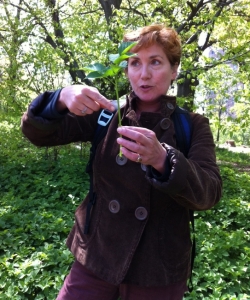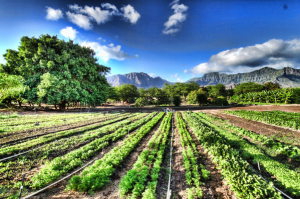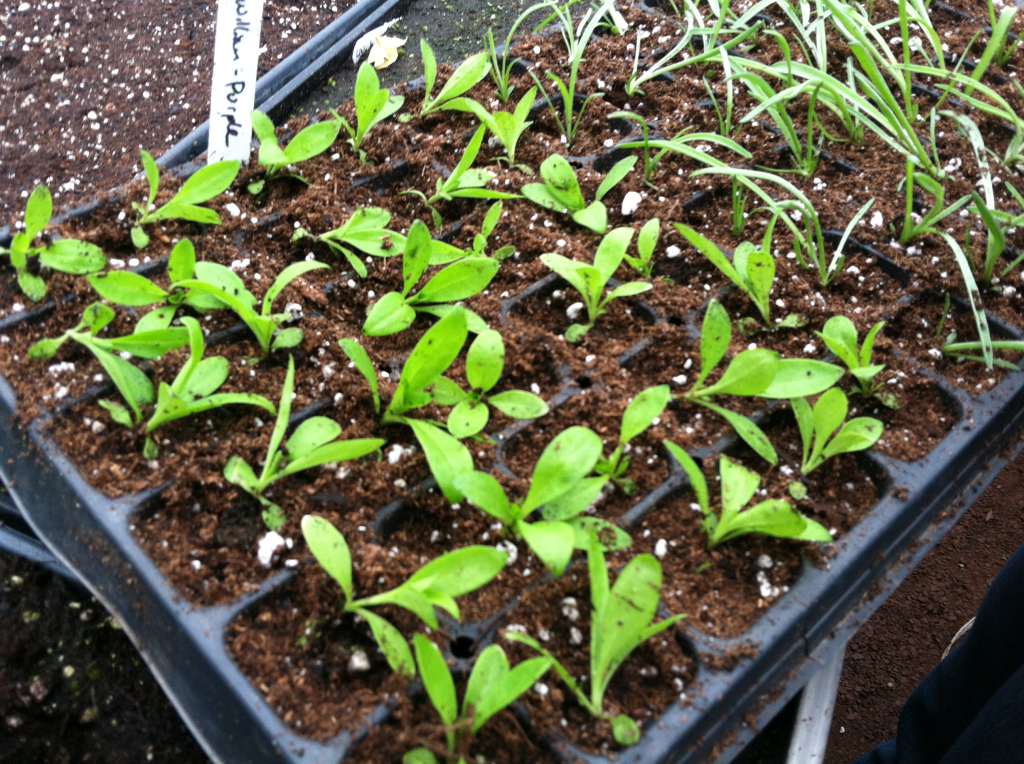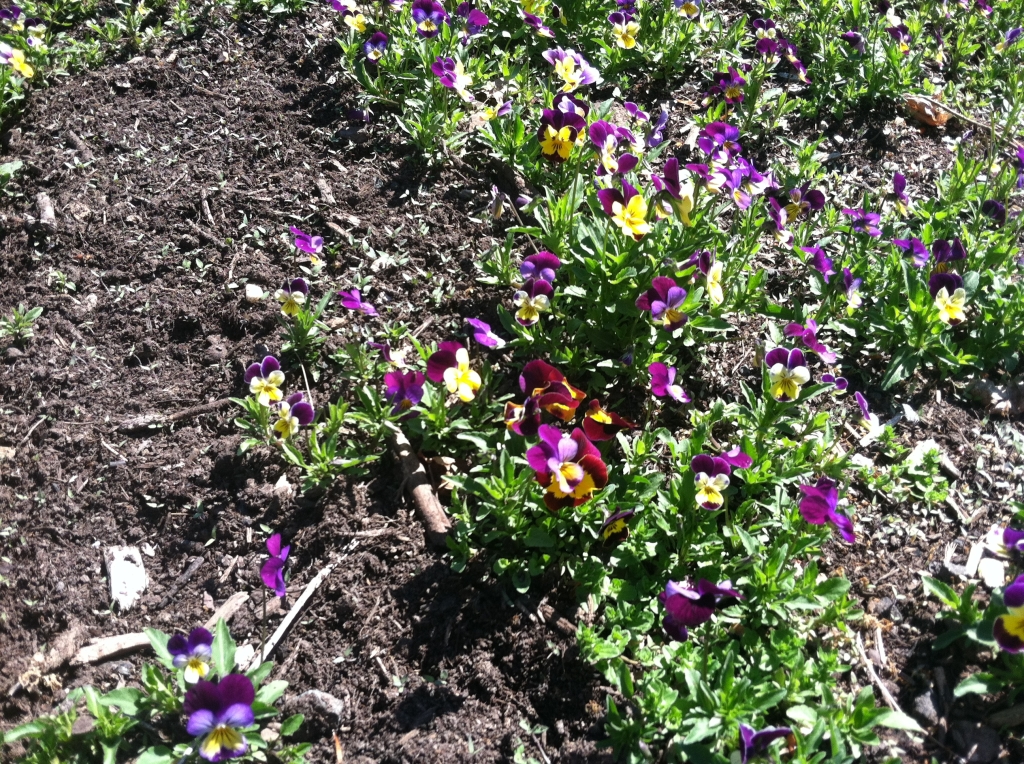To Dream of Fall
Is it really true? The Autumnal Equinox is this Tuesday, which means this weekend is the last weekend of the summer. What to do, what to do? This quote rings true for me right now:
Autumn has caught us in our summer wear. – Philip Larkin
I’m not quite ready to let go of summer yet, but I can taste fall, and that little taste grows a yearning in me for cool nights, sweaters, spiced teas, and again, the cycle of life.
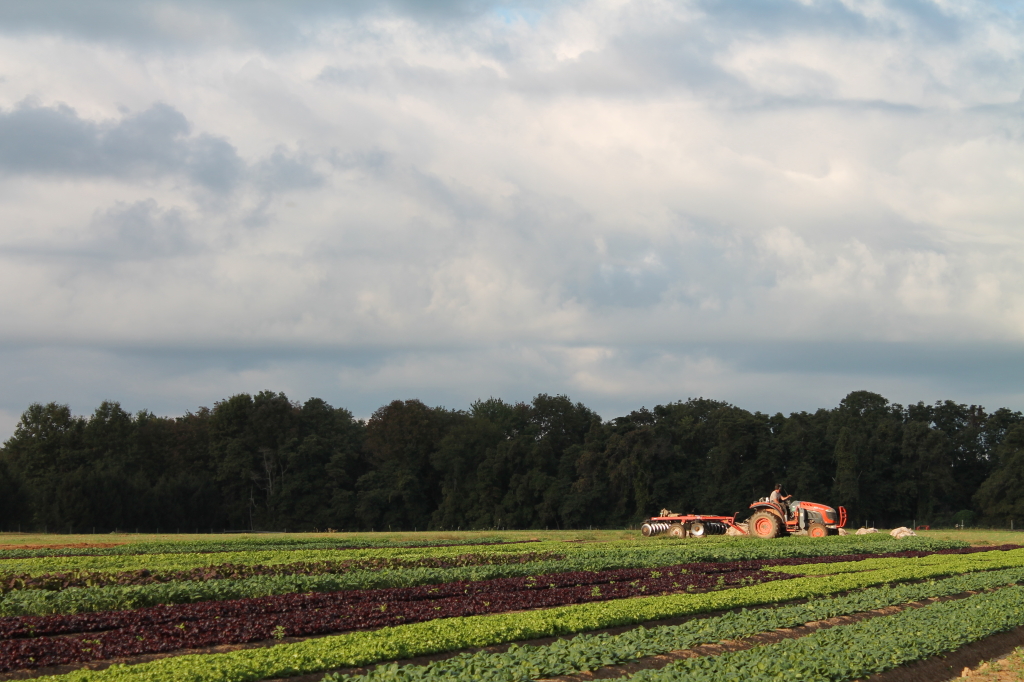
fields and the autumn morning light

 The book is actually a compilation of two works, Living the Good Life and Continuing the Good Life, which detail the decision and story of the Nearings’ leaving New York City for a rural life of self-sustainable homesteading. It contains as much philosophical discussion as it does documentary tale, and while the book is not about organic farming per se, it helped to spur the “back to the land” movement and is on many a bookshelf of farmers young and old. In fact, Eliot Coleman’s Four Season Farm is not coincidentally located just down the road from Helen and Scott’s final and longest standing homestead in Harborside, Maine. He often cites his early experiences with them as crucial to his farming career. I visited this homestead in Harborside while I went to school about an hour north of it. While Helen and Scott have both passed, their homestead still hosts an individual or couple of apprentices who use the property much as the Nearings did and provide tours to the public.
The book is actually a compilation of two works, Living the Good Life and Continuing the Good Life, which detail the decision and story of the Nearings’ leaving New York City for a rural life of self-sustainable homesteading. It contains as much philosophical discussion as it does documentary tale, and while the book is not about organic farming per se, it helped to spur the “back to the land” movement and is on many a bookshelf of farmers young and old. In fact, Eliot Coleman’s Four Season Farm is not coincidentally located just down the road from Helen and Scott’s final and longest standing homestead in Harborside, Maine. He often cites his early experiences with them as crucial to his farming career. I visited this homestead in Harborside while I went to school about an hour north of it. While Helen and Scott have both passed, their homestead still hosts an individual or couple of apprentices who use the property much as the Nearings did and provide tours to the public.